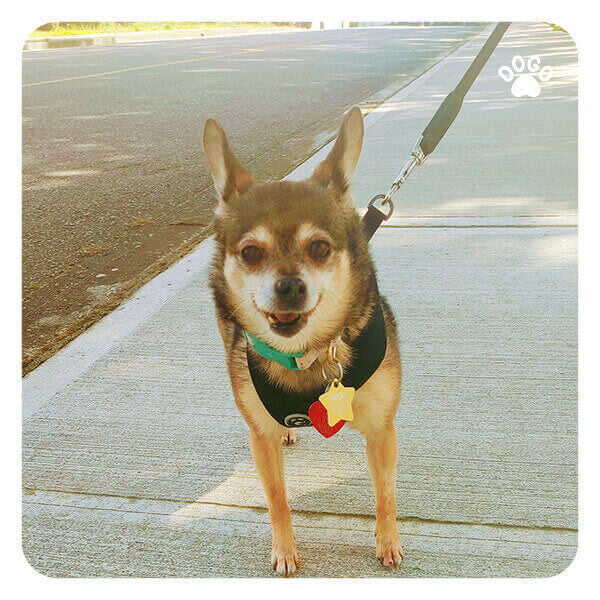 Walking your dog should be an enjoyable and relaxing experience, but sometimes, it can turn into a bit of a struggle, especially if your furry friend hasn’t quite mastered the art of walking on a leash. Whether you have a new puppy or an older dog who needs a refresher, teaching your canine companion to walk politely on a leash is an important skill that requires patience, consistency, and positive reinforcement.
Walking your dog should be an enjoyable and relaxing experience, but sometimes, it can turn into a bit of a struggle, especially if your furry friend hasn’t quite mastered the art of walking on a leash. Whether you have a new puppy or an older dog who needs a refresher, teaching your canine companion to walk politely on a leash is an important skill that requires patience, consistency, and positive reinforcement.
The first step in teaching your dog to walk on a leash is to ensure they are comfortable wearing a collar or harness. Introduce the collar or harness gradually, allowing your dog to sniff and investigate it before putting it on. Once they are used to wearing it, attach the leash and let them drag it around indoors to get used to the feeling. This will help prevent them from feeling restricted when you start to guide them on the leash.
Next, it’s time to work on leash manners. Begin in a quiet, familiar environment with minimal distractions. Start by holding the leash loosely and encourage your dog to walk beside you using treats or a favorite toy. Reward them for staying close by and walking without pulling. Be patient and keep the training sessions short to prevent your dog from becoming frustrated or bored.
When your dog is comfortable walking by your side in a familiar setting, gradually introduce more challenging environments with additional distractions. It’s important to remain patient and understanding—dogs need time to adjust to new situations and can easily become overwhelmed if pushed too quickly. Continue to use positive reinforcement, rewarding your dog for good behavior and redirecting them gently if they become distracted.
Consistency is key when training your dog to walk on a leash. Establish a routine and stick to it. Dogs thrive on predictability, so by consistently reinforcing good behavior and gently correcting unwanted behaviors, your furry friend will begin to understand what is expected of them. Remember, every dog is unique, and some may take longer to learn than others. Be patient and celebrate small victories along the way.
It’s essential to consider your dog’s individual needs and temperament when training them to walk on a leash. Some dogs may require more time and patience, while others may pick up leash manners more quickly. Additionally, certain breeds have a natural inclination to pull or wander, so understanding your dog’s breed characteristics can help tailor your training approach.
Finally, never underestimate the power of positive reinforcement. Praise, treats, and toys can be powerful motivators for your dog. When they exhibit the desired behavior, make sure to show your appreciation and reward them accordingly. Positive reinforcement creates a strong bond between you and your dog and makes the learning process more enjoyable for both of you.
Remember, training your dog to walk on a leash takes time, patience, and understanding. By approaching the process with empathy and a positive attitude, you can help your canine companion develop good leash manners, turning your walks into enjoyable experiences for both of you.[/fusion_text]



